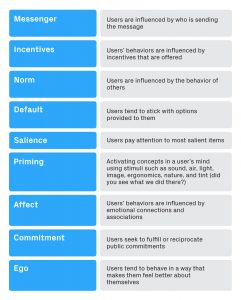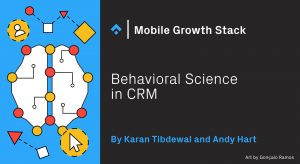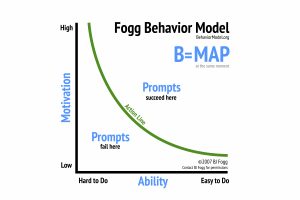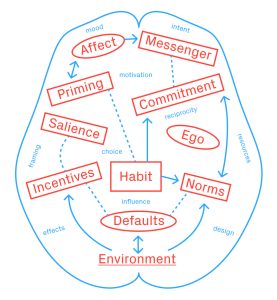Customers aren’t just users or data-points – they’re individual, unique people with their own motivations, responsibilities and concerns.
At Phiture, we know customers are the most essential facet of any business. That’s why we believe understanding user behavior and motivation belongs at the forefront of identifying user issues within products and services. We focus on retention and engagement and are founded on principles of the highest impact.
We were joined by Florian Bonnet, Director of Product at Typeform, for an insightful webinar presenting our learnings and experiences on using behavioral science in CRM.
How we do it: Phiture’s Psychology Lab
While Phiture’s Psychology Lab is made up of a humble three-person crew, our unique position in the industry allows us to work with some of the most prominent apps to unlock value using behavioral science-backed hypotheses. We’re able to rapidly test and document how behavioral research can be utilized to amplify company growth.
Behavioral change sits at the foundation of growth marketing. Nudging, influencing, and understanding why users perform certain actions informs your strategic decisions and is the one of the most effective ways to maximise CRM impact.
Here’s what we want to know:
How do users decide to try a product, continue to use a product, or return to a product?
Using the following methods and insights, we generate hypotheses (and in turn, solutions) for how to convince users to make a decision or take favorable action for apps, products, or services.
Examples of desired behaviors in CRM
- Try a new product offer within two weeks of its rollout
- Upgrade to yearly subscription after a 7-day free trial
- Return to the product every Monday to perform X action
- Upgrade to a yearly subscription after three months of premium use
- Refer a user after six months of repeat engagement with a core metric
- Provide an email during onboarding flow
- Sign up for monthly newsletters after completing a core metric for the second time
Behavioral Frameworks
Traditionally created for policy makers and industry leaders, frameworks for behavioral intervention are at the core of applied behavioral science. By organizing and simplifying complex theoretical insights and strategies, frameworks provide access to behavioral science for marketeers and business strategists looking for an edge in the influence of human decision-making.
Let’s take a look at two popular frameworks: the Fogg Behavior Model and the MINDSPACE framework.
Fogg Behavior Model
The Fogg Behavior Model details that a customer must meet three requirements for the desired behavior to occur, and if one of those is missing, the behavior doesn’t happen.
- Motivation
- Ability
- Prompt
According to the Fogg Behavior Model, if motivation is high and the action is easy to complete at the time of the prompt, users are more likely to perform the desired behavior.
When considering how this can be applied in CRM:
- Motivation – User milestones, monetizing benefits to remove pain points, incentives and promotional offers.
- Ability – Reduced barriers, proper deep linking, in-app educational messages and other comms which increase your ability to act.
- Prompt – CRM nudges based on a user’s motivation and abilities.
For example: you’ve made the decision to meditate before lunch, three times a week. Maybe, when the prompt occurred (your alarm goes off), you were in a meeting and didn’t have the ability to stop what you’re doing to find a place to meditate. Or, perhaps you completed all of the courses in the free-trial and had little motivation to go back and do them again.
You need all three to obtain the desired behavior from the user (meditating before lunch, in this example); just one hiccup can throw off the entire process.
MINDSPACE Framework to Change Behaviors
The MINDSPACE framework is a pneumonic device for describing the forces that drive behavior.

Analyzing these forces concerning the user and their decisions is key to understanding customer behavior and guiding their future actions towards a favorable one.
Understanding what drives human behavior and decision-making can unlock new strategies for the world of CRM. Behavioral science and its spawn of applied frameworks help to unlock these possibilities, creating systematic approaches to behavioral intervention. Frameworks such as the Fogg Behavior Model and the MINDSPACE framework are fascinating tools which organize and simplify the science of behavior.
Here at the Phiture Psychology Lab, we’re always happy to receive comments and feedback from our readers. If you have any follow-up questions or would perhaps like to recommend some additional reading or frameworks, don’t hesitate to get in touch.
Table of Contents
















